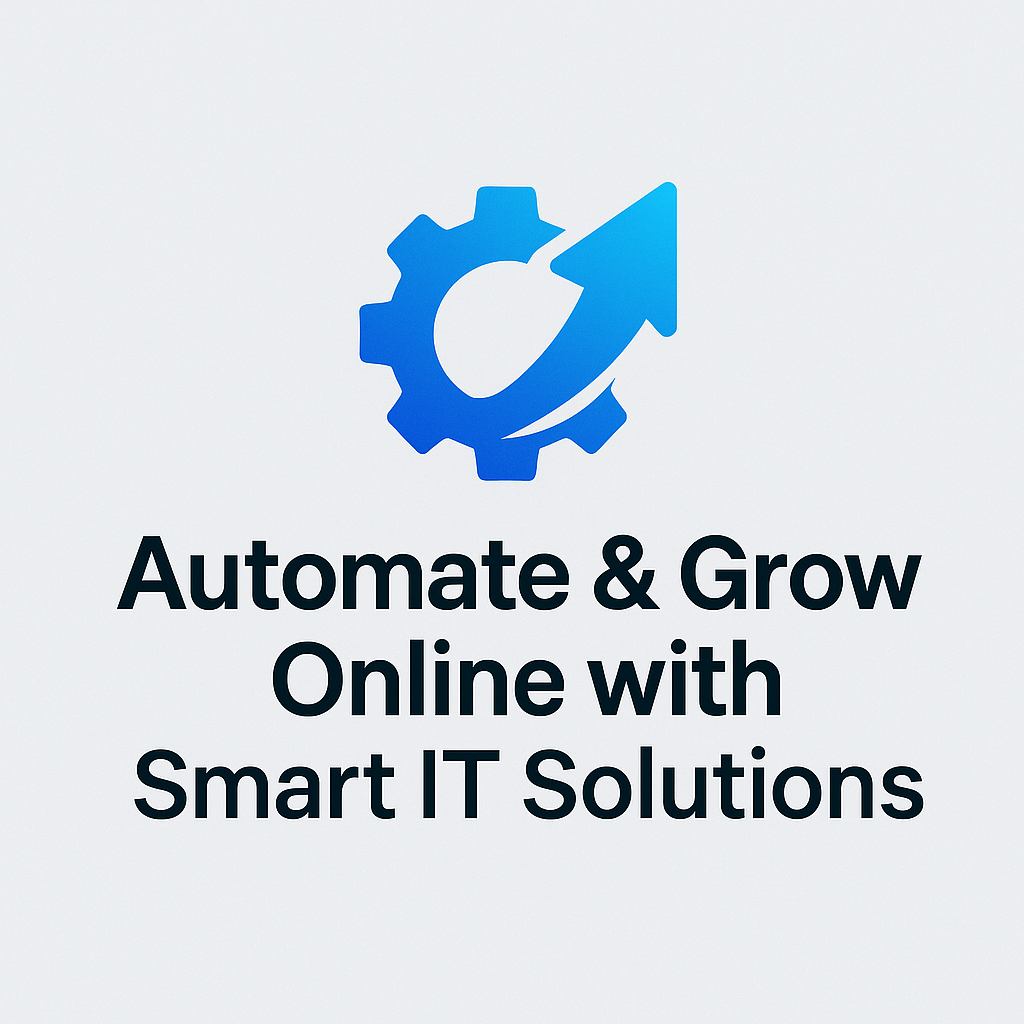Attacks on software supply chains to hijack sensitive data and source code occur almost daily. According to the Identity Theft Resource Center (ITRC), over 10 million individuals were affected by supply chain attacks in 2022. Those attacks targeted more than 1,700 institutions and compromised vast amounts of data.
Software supply chains have grown increasingly complex, and threats have become more sophisticated. Meanwhile, AI is working in favor of hackers, supporting malicious attempts more than strengthening defenses. The larger the organization, the harder CTOs have to work to enhance supply chain security without sacrificing development velocity and time to value.
More Dependencies, More Vulnerabilities
Modern applications rely more on pre-built frameworks and libraries than they did just a few years ago, each coming with its own ecosystem. Security practices like DevSecOps and third-party integrations also multiply dependencies. While they deliver speed, scalability, and cost-efficiency, dependencies create more weak spots for hackers to target.
Such practices are meant to reinforce security, yet they may lead to fragmented oversight that complicates vulnerability tracking. Attackers can slip through the pathways of widely used components and exploit known flaws. A single compromised package that ripples through multiple applications may be enough to result in severe damage.
Supply chain breaches cause devastating financial, operational, and reputational consequences. For business owners, it’s crucial to choose digital engineering partners who place paramount importance on robust security measures. Service vendors must also understand that guarantees of strong cybersecurity are becoming a decisive factor in forming new partnerships.
Misplaced Trust in Third-Party Components
Most supply chain attacks originate on the vendor side, which is a serious concern for the vendors. As mentioned earlier, complex ecosystems and open-source components are easy targets. CTOs and security teams shouldn’t place blind trust in vendors. Instead, they need clear visibility into the development process.
Creating and maintaining a software bill of materials (SBOM) for your solution can help mitigate risks by revealing a list of software components. However, SBOMs provide no insight into how these components function and what hidden risks they carry.
For large-scale enterprise systems, reviewing SBOMs can be overwhelming and doesn’t fully guarantee adequate supply chain security. Continuous monitoring and a proactive security mindset — one that assumes breaches exist and actively mitigates them — make the situation better controllable, but they are no silver bullet.
Software supply chains consist of many layers, including open-source libraries, third-party APIs, cloud services and others. As they add more complexity to the chains, effectively managing these layers becomes pivotal.
Without the right visibility tools in place, each layer introduces potential risk, especially when developers have little control over the origins of each component integrated into a solution. Such tools as Snyk, Black Duck, and WhiteSource (now Mend.io) help analyze software composition, by scanning components for vulnerabilities and identifying outdated or insecure ones.
Risks of Automatic Updates
Automatic updates are a double-edged sword; they significantly reduce the time needed to roll out patches and fixes while also exposing weak spots. When trusted vendors push well-structured automatic updates, they can also quickly deploy patches as soon as flaws are detected and before attackers exploit them.
However, automatic updates can become a delivery mechanism for attacks. In the SolarWinds incident, malicious code was inserted into an automated update, which made massive data theft possible before it was detected. Blind trust in vendors and the updates they deliver increases risks. Instead, the focus should shift to integrating efficient tools to build sustainable supply chain security strategies.
Building Better Defenses
CTOs must take a proactive stance to strengthen defenses against supply chain attacks. Hence the necessity of SBOM and software composition analysis (SCA), automated dependency tracking, and regular pruning of unused components. Several other approaches and tools can help further bolster security:
-
Threat modeling and risk assessment help identify potential weaknesses and prioritize risks within the supply chain.
-
Code quality ensures the code is secure and well-maintained and minimizes the risk of vulnerabilities.
-
SAST (static application security testing) scans code for security flaws during development, allowing teams to detect and address issues earlier.
-
Security testing validates that every system component functions as intended and is protected.
Relying on vendors alone is insufficient — CTOs must prioritize stronger, smarter security controls. They should integrate robust tools for tracking SBOM and SCA and should involve SAST and threat modeling in the software development lifecycle. Equally important are maintaining core engineering standards and performance metrics like DORA to ensure high delivery quality and velocity. By taking this route, CTOs can build and buy software confidently, staying one step ahead of hackers and protecting their brands and customer trust.


